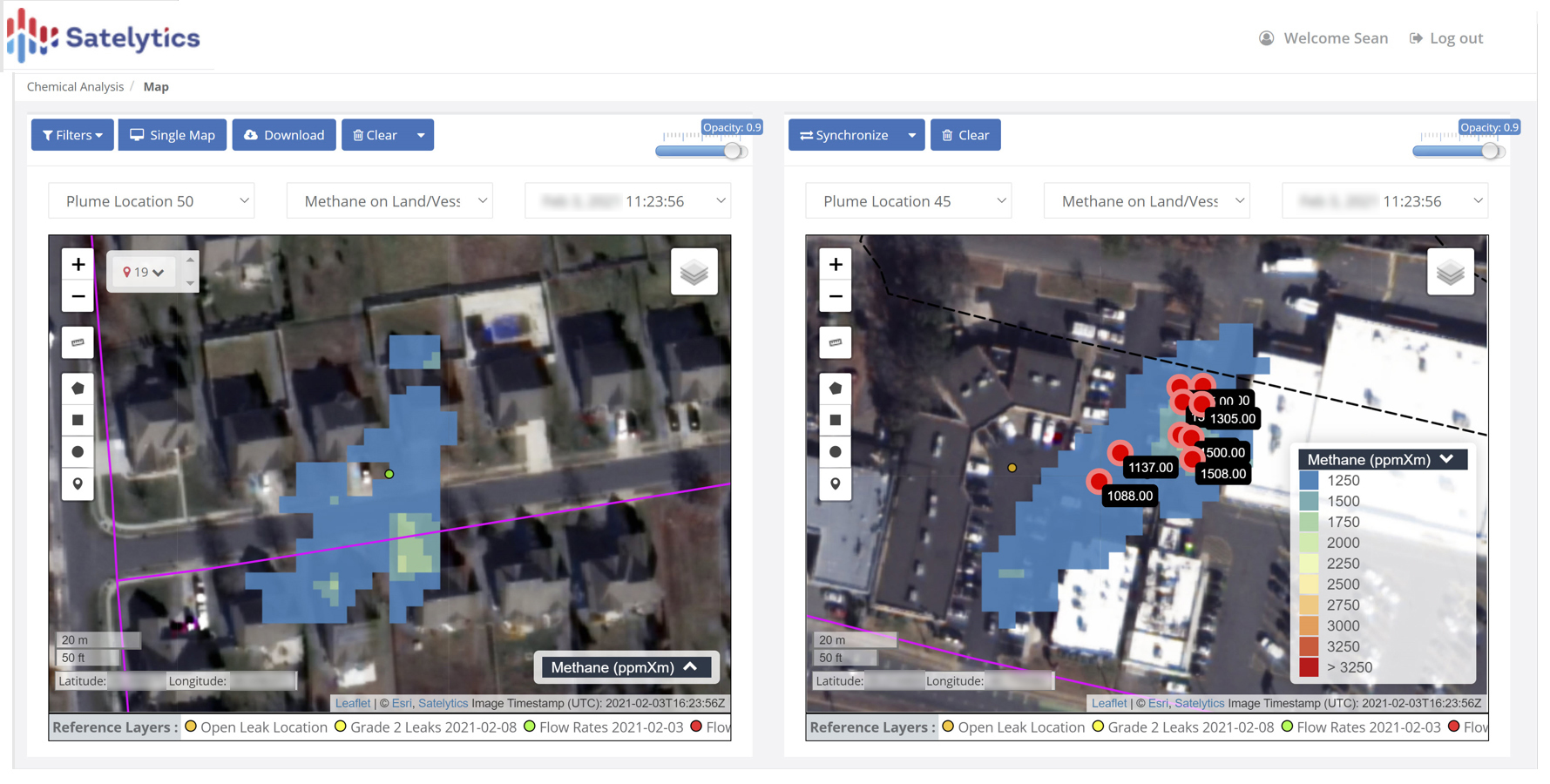
• Oil & Gas,Power Utilities,Water & Wastewater,Pipeline,General,Specialty Chemicals,Mining,Forestry

• Oil & Gas,Power Utilities,Water & Wastewater,Pipeline,General,Specialty Chemicals,Mining,Forestry
This week, the U.S. Environmental Protection Agency (EPA) held a 2-day workshop on methane detection. Twenty-eight speakers from industry, government, non-governmental organizations (NGOs), and academia presented perspectives on the state-of-the-art of methane detection. What struck me was that we don’t all share the same views on a path forward.
Some presenters talked about stationary sensors, some talked about mobile optical gas imaging (OGI), and some talked about aerial- and satellite-based remote sensing technologies. Naturally, it was the latter that piqued my attention – that’s our business. Here is where I noticed the most marked differences in assessments of both adequacy of current technology and the path forward for the industry.
Many presenters seemed hooked on “free” data from European and American government satellites. Many of these presenters went on to label this data as “high-resolution” data. At least one presenter said that 20m x 20m to 40m x 40m resolution data was “good enough” to distinguish ranching operations from oil and gas operations, and could tell the viewer which well pad was producing the methane. Hmmm… Is it? Can it?
A better question is, “Is this the best we can do?” The answer to all three questions is a resounding, “No!”
Numerous presenters also boasted of data analysis turnaround time of “only” weeks or months. To their credit, other presenters correctly pointed out that a delay of weeks or months would negate any value in these measurements because methane emissions are so transient – gone, diminished, or increased within hours.
Look to the last presentation of this workshop by Duke Energy’s Lauren Crowe and Michelle Mendoza (found at the 5hr:26min mark here) for the benchmark by which other efforts should be measured. Ms. Crowe and Ms. Mendoza spoke of Duke Energy’s impressive initiative to not only trial, but truly operationalize, a new way of self-monitoring the smallest of methane emissions over large regions, with specificity to location and flow rate.
Driven by both regulation and desire, Duke Energy’s collaborative, visionary efforts with Satelytics and industry titans Microsoft and Accenture have yielded a new, proven approach to accurately measure methane emissions. This will result in an industry pathfinder for better ESG reporting, improved safety, and operational efficiency in addressing leaks that do occur (rolling trucks to only those locations that need the expertise of leak detection and repair (LDAR) professionals).

Duke Energy's methane emissions measurements.
Visionaries like Duke Energy and bp are leading the way to scientifically defensible methane measurement. Satelytics is very proud to be at the center of both organizations’ efforts to define the standard.